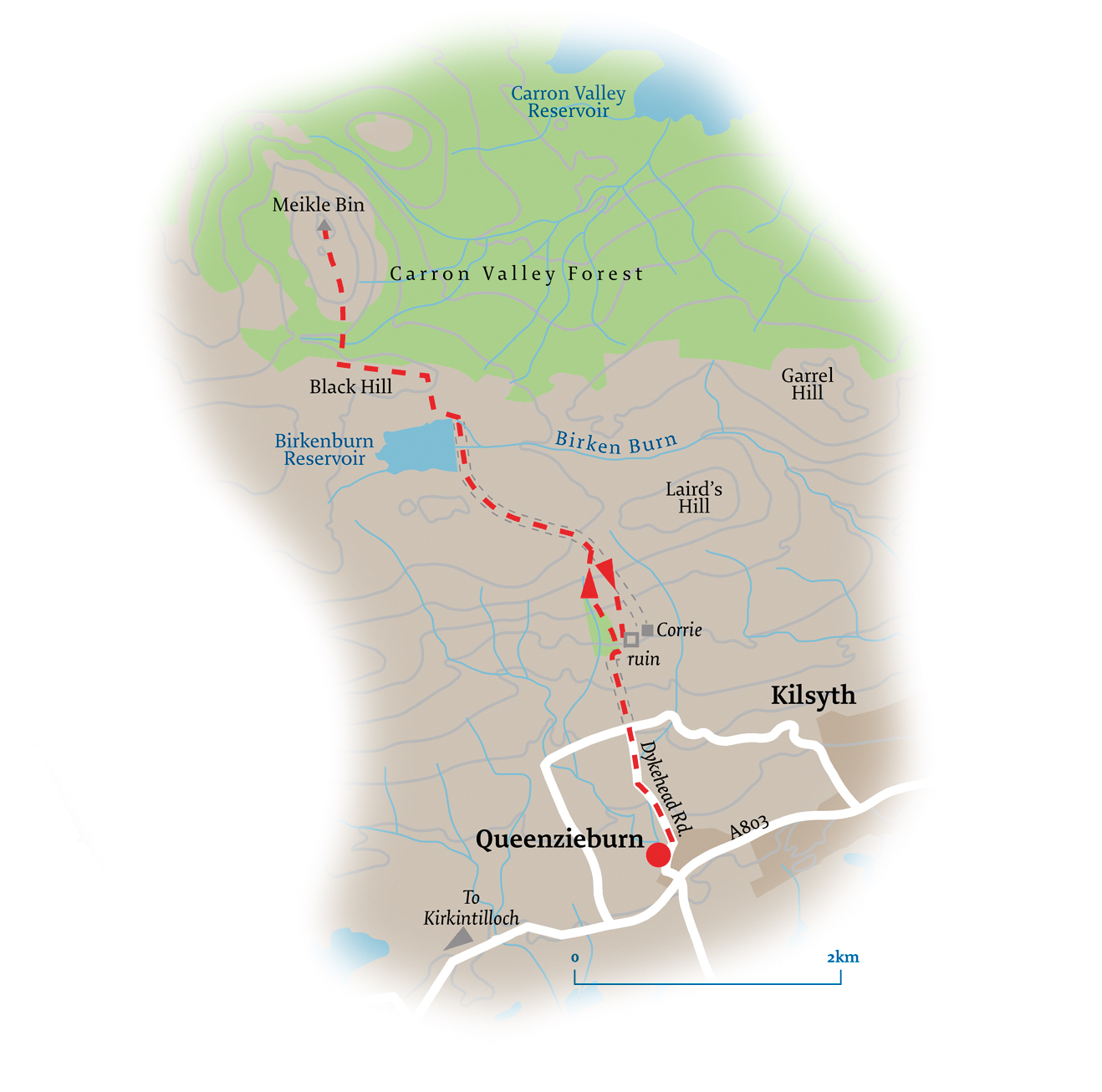By Brian Toal

The subtitle ‘A History of the Mislaid, Misplaced and Misunderstood’, is the theme throughout the book – all those events you were told about at school which make up Scotland’s history are, of course, the events which made it into the famous tomes by authors such as Tom Divine. I recently reviewed ‘Scotland: Her Story’, which detailed the women who had been largely overlooked by the (mainly) male historians, women who shaped the course of our history, many of whom were working behind the scenes to secure the ambitions of their more famous men. In a similar way,
Scotland’s Forgotten Past by Alistair Moffat
‘Scotland’s Forgotten Past’ begins with the formation of Scotland: the four separate geological elements which merged to form this glorious country of contrasts. Indeed, posits Moffat, this is geological diversity is one of the main reasons why Scotland’s history has unfolded in the way that it has.
We know about the famous kings and queens, the saints and the warriors. But this book deals with the lesser-know figures in our history, from forgotten Roman soldiers, Celts and Picts, pirates, raiders, Vikings and reivers. The union of the crowns in 1707 led to many changes in Scotland, from the so-called ‘middle kingdom’ stretching from the borders of Scotland into Northumbria, as well as in the way in which we dressed, the food we ate and the language we spoke.
The history of tartan, for example, has had a fairly checkered history (ahem). Once banned following Jacobite uprisings (see ‘The Bookseller of Inverness), then resurrected by Walter Scott and James Hogg, albeit in a bastardised form, is just one example of how trends and sensibilities in Scotland waxed and waned. The more famous historical figures from our school textbooks such as Wallace and Bruce are seen in a new light, as Moffat discusses which language they would have spoken – old Welsh in the case of Wallace / the Welsh – and how both sides at the Battle of Bannockburn would have had Bruces; and Scots and English would have sounded remarkably similar.
When Moffat eventually strays into the 20th Century, we hear about the efforts to protect the east coast of Angus and Aberdeenshire against a putative German invasion from Norway, the remnants of the ‘stop line’ of cement blocks and anti-tank defences still visible in some of the glens. My favourite episode details the D-Day landings where Simon Fraser, 15th Lord Lovat, led the Ist Special Boat Service Brigade into battle behind Bill Millin, his personal piper. While men were being slaughtered on either side of him, Millin kept playing and was miraculously unhurt. Apparently, the Germans thought him mad and decided to leave him be!
Companion Piece by Ali Smith

Ali Smith was my tutor at university, so I always look out for her new books. I’m a fan of ‘The Accidental’ and ‘How to be Both’, and this latest offering is just as enjoyable. Set in a post-Brexit Britain with paranoia and fear of the virus still very much in the public consciousness, Sandy’s father becomes ill and is hospitalised. So far, such a common experience for us all over the past few years. We empathise with her as she visits him virtually, staying at his house, walking his dogs and being sure to do the dishes the way he wants. However, this sad but fairly quotidian tale is only the outer wrapping of what turns out to be an intriguing Russian doll of a novel.
Sandy is contacted by an old university friend who is stuck in France with an artefact, following a visit to a museum to acquire said artefact for her employers. She is stuck in a Kafkaesque merry go round of French bureaucracy due to Brexit, and calls Sandy for advice. This is where the story becomes really odd. The tale of a young girl, cast out when her mother and father die, surviving on her wits in England 500 years ago, takes over the central narrative. What has this to do with anything? All becomes clear at the end – at least clearer, anyway. The story zooms between past and present, allowing the reader to make what connections they will.
Westerwick by George Paterson

Magic is afoot…in the West End of Glasgow. Huzzah. Paterson introduces us to Angus John MacMillan, Scotland’s most dangerous man, missing from a state mental institute for years, but bizarrely has just handed himself in to the police. Where has he been? What has he been up to? It’s up to Thomas Leven to find out – top lawyer at a prestigious firm in the West End. The more Leven is drawn into the complex and disturbing world of MacMillan, a process which reveals itself gradually upon each visit to the mental institution tucked away in the middle of nowhere, the more Leven’s own world starts to unravel. Can evil really be lurking in Partickhill, of all places? Surely not?
Paterson is the author who brought us ‘The Girl, The Crow, The Writer and The Fighter’, reviewed here a couple of years ago. I thoroughly enjoyed that romp, and this experience was no different. I consumed the book within a few days. It really is a page turner. Paterson’s gift is to mix the familiar with the unfamiliar, making us question our safe, pedestrian lives and asking us to think a little more about what goes on behind the closed doors of G12. Debauchery and occultism, by the sounds of it. The descriptions are stunning at times and the characterisation of both MacMillan and Leven is deft and credible. The cat and mouse games they play in their colloquies reminded me of Clarice Starling and Hannibal Lecter. Highly enjoyable indeed.
Books available from Waterstones Byres Road
Return to Culture and Arts Articles













